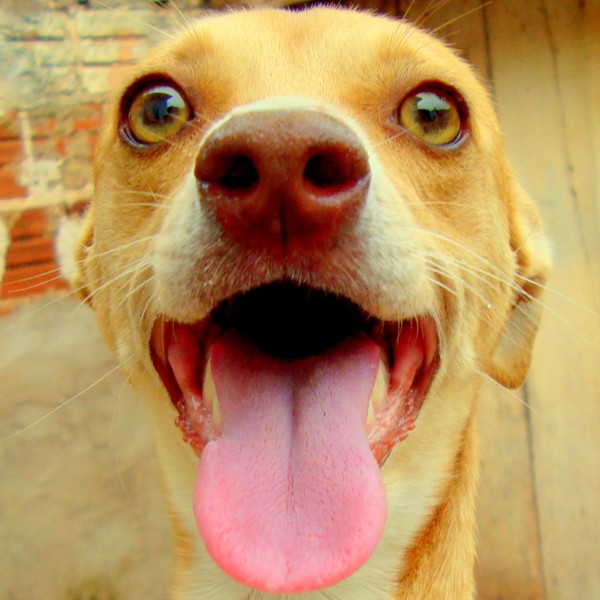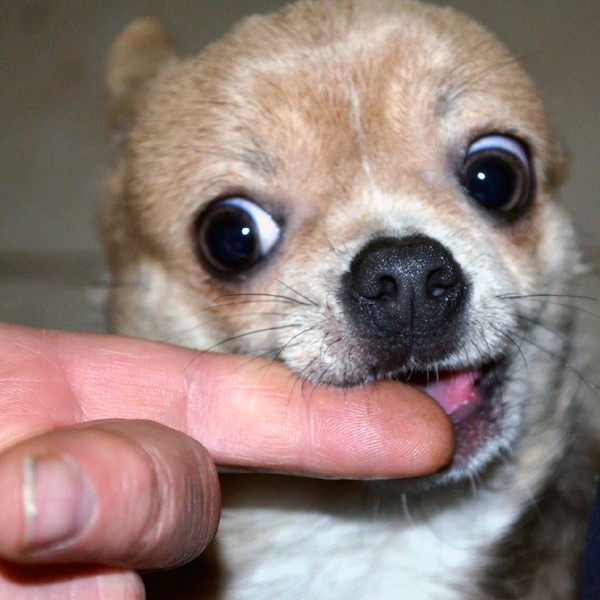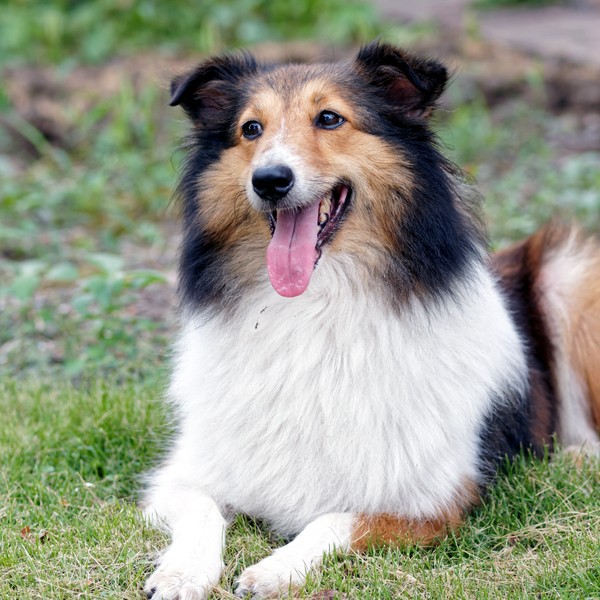Are dog mouths cleaner than human mouths? Do the tongues that loll from our dog’s oral cavities really have special healing properties? These questions seem odd, if not unaccountable. After all, these are the same mouths whose daily operations prompt many of us to ask questions like, “Why do dogs eat poop?” They are the same mouths that we regularly witness cleaning the canine genital areas and toting carrion. There is no doubt that the canine mouth is a wondrous and intriguing place, but it is far from the antiseptic utopia that folk wisdom would have us imagine.
The fact is, these notions have no basis in reality. It’s useful to think of dog mouths, and their human counterparts, as distinct ecosystems with very little overlap. A more accurate term to use is “microbiome,” which comprises the entire range of microorganisms that live on, with, and inside of us. Our immune systems and hygiene practices are what keep these microbiomes in check and in balance. The difference between the bacteria and fungi that each species lives with is one of kind, not of degree.

Do dogs have clean mouths? Depends on diet and hygiene. (Photo by João Paulo Corrêa de Carvalho on Flickr)
Dog bacteria, diet, and oral hygiene differ
Part of what underlies the ongoing misconception about the relative cleanliness of the canine mouth is that the potentially infective agents that inhabit it are not typically zoonotic. This means that, by and large, there are few mouth-borne diseases that can be transmitted from dog to human and vice versa. Think, for example, of kennel cough, which has been referred to as the common cold for dogs. The comparison can help us more easily understand transmission and duration of the resulting illnesses, but a dog cannot catch a human cold from us, nor can we get kennel cough from them.
Dietary and hygienic practices also constitute major differences between how clean a dog and a human mouth are at any given moment. The two factors go hand in hand. Dogs who don’t get a lot of treats or who aren’t exposed to a great deal of human table scraps have more regular diets that are more more focused on meeting nutritional needs than satisfying taste-based cravings. Dogs consume far less sugar than humans, which plays its part in the speed and severity with which tooth decay and other periodontal diseases occur and manifest.
How clean is a dog’s mouth?
Short answer: It’s not clean at all. Dogs and humans have about the same amount of bacteria and fungus in their mouths, but what they are and how they affect those mouths make up the major differences. We just spoke about sugar consumption, which affects the rate and appearance of tooth decay. Humans experience far more tooth decay due to diet and oral hygiene practices than dogs do, but dogs are just as prone as we are to diseases that strike the gums and surrounding areas.
Canine and human mouths each host their own populations of microorganisms. Bacteria predominate in dog mouths, but as with any microbiome, these are not all disease-causing organisms. Like the microorganisms that live on the outside of a dog’s body, or those that inhabit the digestive tract, some are beneficial, some are neutral, and others can be harmful if they proliferate beyond the immune system’s ability to maintain a proper balance. There are over 600 kinds of bacteria in the dog mouth alone, which should put to rout any notion of it being a “clean” place. The three predominant kinds are:
- Actinomyces: These bacteria provide the groundwork for the formation and buildup of plaque.
- Neisseria: These are commensal bacteria, which are usually harmless and react mainly to sugars in the diet.
- Porphyromonas: There are more of these than any other, and they are most responsible for gum disease.

Dog saliva is not antiseptic or free of infectious agents. (Photo via Public Domain Pictures)
Both human and dog mouths play host to all three of these, and others; the only true difference is what kind thrives in each. Where the latter, Porphyromonas, for example, is concerned, the one in dog mouths is called Porphyromonas gulae, where the one in humans is Porphyromonas gingivalis. Far from being a clean or sterile environment, the typical dog mouth is just dirty in different ways than ours are.
Are dog tongues or saliva antiseptic?
It follows from our discussion to this point that a dog’s tongue is no cleaner than its saliva, gums, or any other feature of the canine mouth. Where do we get the idea that dog saliva is antiseptic, or that it is capable of healing wounds? Probably from witnessing dogs licking their own minor scrapes and bruises, or in seeing how tenderly dog mothers use them on newborn puppies. While it is true that dog saliva has certain properties that can be of use in their own healing processes, it is not universally beneficial as a health-care solution, either for them or for us.
Depending on where a dog has been and what its mouth has been doing recently, along with bacteria, the dog mouth is host to a wide range of protozoa, parasites, and other potentially-infective agents that can do more harm than good. This is one reason why we use an Elizabethan collar — also known as the cone of shame — when dogs have even the most routine surgeries, like spay/neuter operations. An idle dog, or one in some kind of physical discomfort, will use the tongue to probe areas that need to be left alone for expedited healing.
Letting a dog lick a human wound isn’t the greatest idea, especially for very young children or people who with weak immune systems. It is always going to be more effective to clean human wounds with more traditional and proven antiseptic methods, including warm water, hydrogen peroxide, rubbing alcohol, and clean bandages. Why do dogs lick human wounds? It might be from a measure of sympathy, but more far more likely because they’re curious about the taste of your blood!
Do you kiss your dog with that mouth?
Although dog saliva, tongues, and mouths may contain largely different microflora than that of humans, our oral cavities don’t exist in a vacuum. There are too many variables at play that have little direct correlation to the mouth. These include the presence of flea- and tick-borne diseases, relative hygiene, exposure to other disease vectors that might be present in the mouth, and a human’s own immune system integrity.

Microflora in a dog mouth is not usually infectious, but also not totally harmless, to humans. (Photo via Shutterstock)
These factors are as much in play when it comes to the simple act of letting a dog lick your face or mouth. We like to think of this as being “kissed” by a dog, when the truth has more to do with the prominent role that a dog’s tongue plays in how they experience the world, and less with a show of affection as we understand it. Certainly, there is a feeling of intimacy, affection, and even joy that we have when being licked by our dogs.
For safety’s sake, however, it’s always worth washing your face shortly receiving a “kiss” from a dog, or carrying small containers of hand sanitizer or antiseptic mouthwash when proper facilities aren’t readily accessible. Just because the bacteria that regularly inhabit our dogs’ mouths don’t tend to carry microbes that negatively affect humans, that doesn’t mean that other things present in their mouths won’t!
The post Are Dogs’ Mouths Cleaner Than Humans’? appeared first on Dogster.
No comments:
Post a Comment